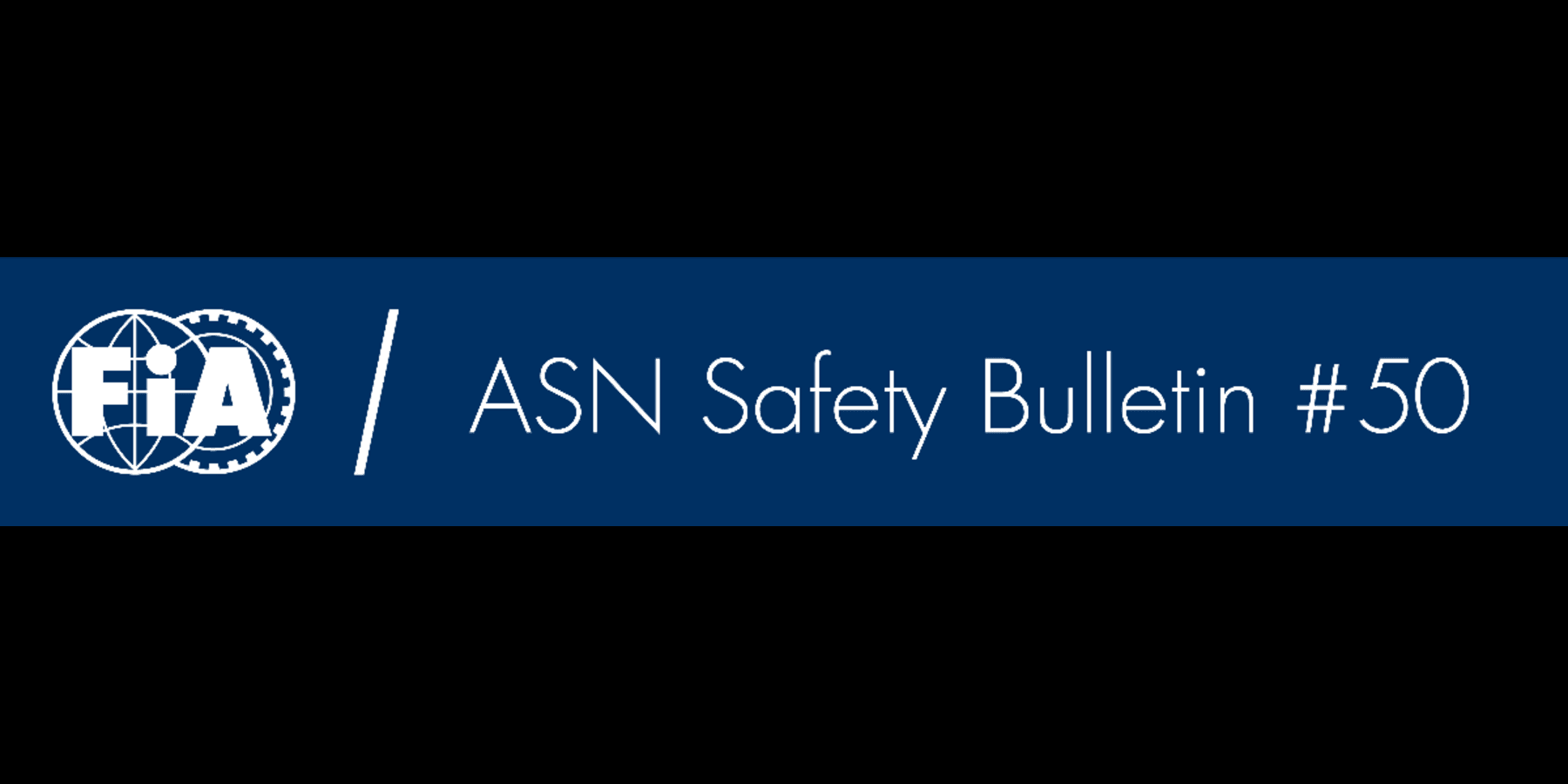ASN Safety Bulletin #50 Accident Data Recorders
13 May 2025 > Safety Bulletin
Dear Colleagues,
Welcome to Issue #50 of the ASN Safety Bulletin. In this edition, we are excited to give you more insight into Accident Data Recorders (ADRs). You will be able to learn more about what they are and how they are used as part of the FIA’s global effort to improve motor sport safety.
An Accident Data Recorder homologated according to the FIA Standard 8872-2018 functions like a “black box” that measures and records incident data, allowing the FIA to reconstruct the incident and study the factors that worked or that could be improved during the incident dynamic.
The FIA’s target for this device is to be part of the range of data recorders that can be easily installed in the majority of FIA championships, being a standalone device that can be used for 5 years and that can monitor not only accelerations but also car data, allowing an accurate reconstruction of the incident.
To ensure the best readability of the data, installation is a critical aspect of ADR functionality. The unit must be fixed rigidly to a structural component of the vehicle, as close as possible to the centre of gravity (CoG) of the vehicle, typically near the driver’s seat and following orientation specifications provided by the ADR manufacturer. System status indicators must be clearly visible to safety officials in order to make sure that the device is working correctly prior to the start. The complete installation, including exact mounting orientation and positioning, must follow the manufacturer installation guide and the FIA Installation specifications for ADRs. These documents are available on fia.com.
When an incident occurs, the ADR should show a status light indicating that the data on the incident is stored (red light). At any time following an incident, the recorded data from the ADR device must be made available to the FIA or ASN when requested. The FIA/ASN official will download the data, then erase the data from the ADR so that it can be used again. A document describing the full procedure for managing the ADR unit is available from the ASN officials upon request.
If needed, the ADR may be sent directly to the FIA. After analysis the FIA will send the ADR back to the owner at no cost.
The FIA will analyse the data recovered from incidents and study possible improvements in terms of safety.
Improvements can be translated in different ways, such as new or improved safety equipment, improvements to the car structure, circuit infrastructures or stage improvements and operational actions.
Example – Seat Attenuator:
The definition of the loading condition used to design the system was made possible thanks to data collected by FIA-homologated ADRs. A representative crash pulse was established based on real-world incidents involving heavy landings. More information is available in the official FIA press release.
The FIA has worked on several additional support documents to help you manage and understand the ADR:
- 8872-2018 ADR User Manual and Presentation forms
- FIA ADR Installation Specifications
- ASN Informative Note ADR – LED
- ASN Informative Note ADR – MoTeC Firmware Update
Further information, including the complete standard, approved device lists and installation documentation, is available via the FIA Safety Department or the official FIA website. Questions or requests for clarification should be addressed to: adr@fia.com.
Best regards,
FIA Safety Department
If you have any topics you would like us to cover in future bulletins please send your suggestions to the FIA Safety Department.
To read the other articles about the ASN Safety Bulletins, please visit the FIA website. You can also read by clicking here.



